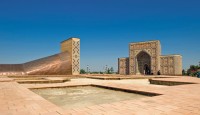Timurid ruler as well as an astronomer, mathematician. His primary interest was in the sciences and intellectual matters. He built an observatory at Samarkand.
The Interplay of Science and Theology in the 14th-century Kalam by Ahmad Dallal

Modern studies in the history of science show that productive, original scientific research persisted into the sixteenth century A.D. in the Islamic World. Yet, histories…
Islamic Astronomy by Owen Gingerich
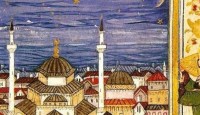
Historians who track the development of astronomy from antiquity to the Renaissance sometimes refer to the time from the eighth through the 14th centuries as…
How to take Islam back to reason

Science and Islam are intimately linked. This sounds odd. First, because we normally think of religion as harmfully hostile to science. Wasn’t there a long…
What the history books left out
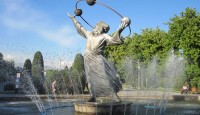
Does Islam’s vibrant scientific past hold the key to its intellectual future, asks Ehsan Masood
A Polymath in the 10th Century
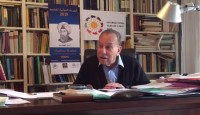
By Roshdi Rashed Ibn al-Haytham (10 to 11th century A.D.) The turn of the first millennium was a time of intense research in mathematics, physics,…
Ramadan: A Good Time To Recall A Forgotten Doctor
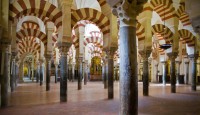
It is ironic that the man whom Europeans came to regard as one of the most influential Arab scientists and philosophers of the Middle Ages,…
The Dicsoveries in Islamic Countries by Ahmed Djebbar
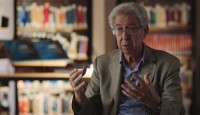
From the middle of the VIII century to the end of the XVI, a new scientific tradition emerged then it was developed in numerous towns…
Review of Dallal’s “Islam, Science, and the Challenge of History”
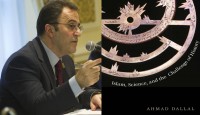
Few years ago, the Journal of Islamic Studies (JIS, Oxford) published the rather long review it had asked Professor Nidhal Guessoum to write about Ahmad…
Islam’s evolutionary legacy
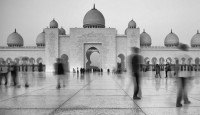
Let’s not forget the unsung champions of evolution from the Muslim world
Book of Optics (Kitab Al-Manazir) IBN AL-HAYTHAM

Jim Al-Khalili revisits Ibn al-Haytham’s hugely influential study on its millennium.
Copernicus and Ibn al-Shatir: does the copernican revolution have islamic roots?
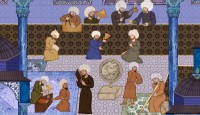
By Nidhal Guessoum I review first the main similarities and differences between the planetary model of Ibn al-Shatir (14th-Century Muslim astronomer) and of Copernicus. I…


